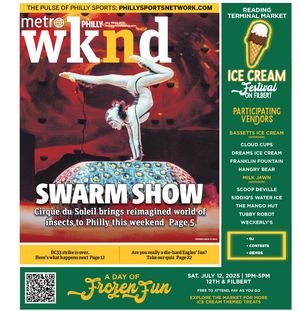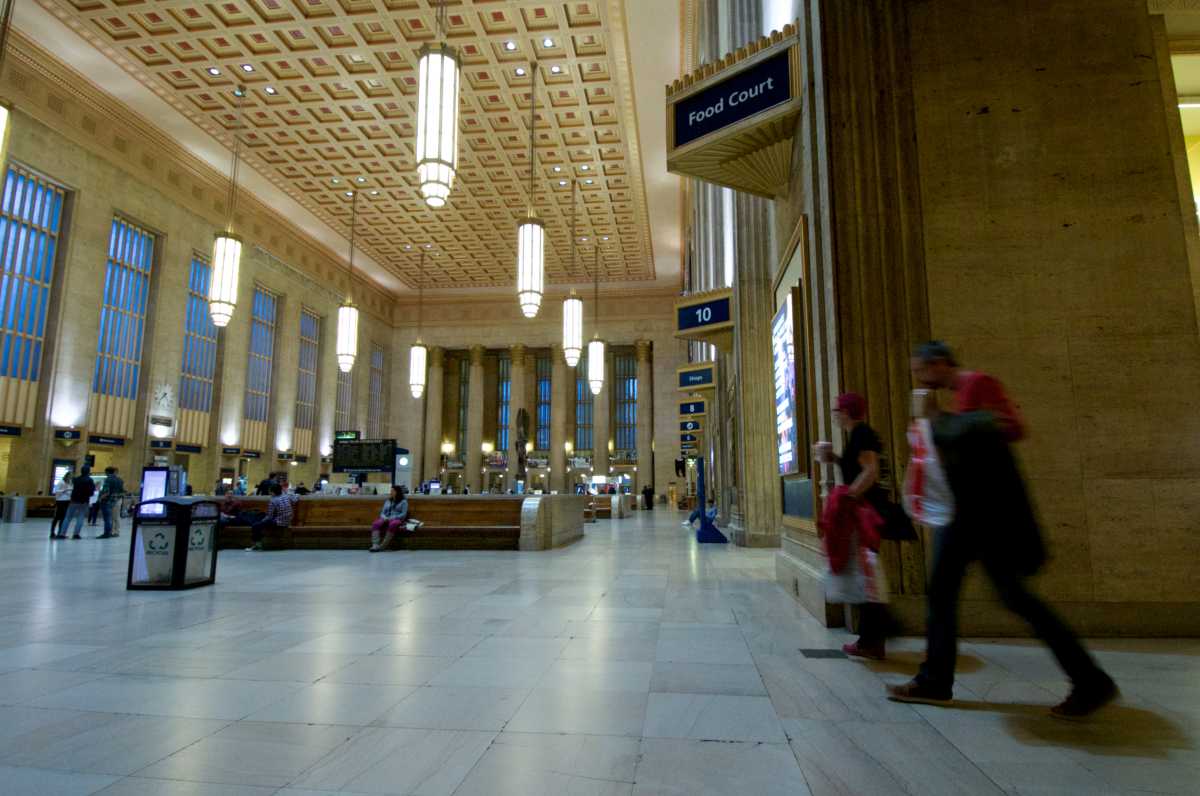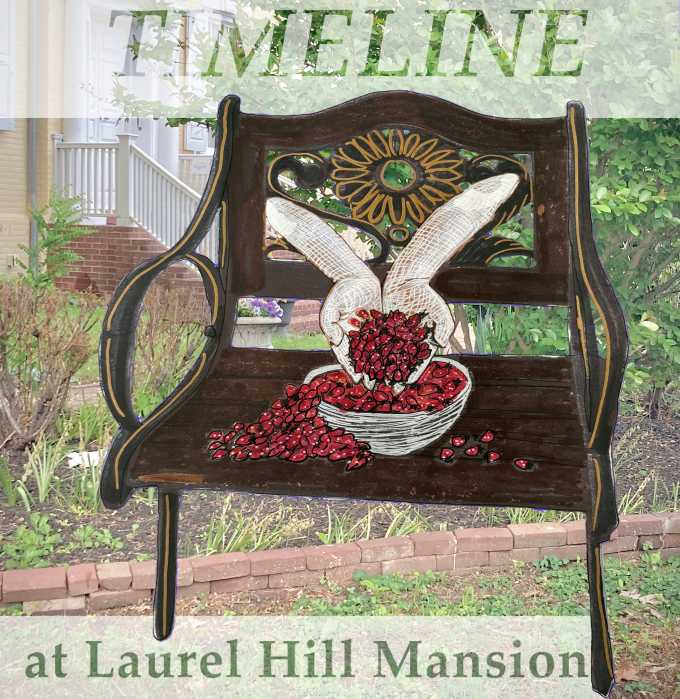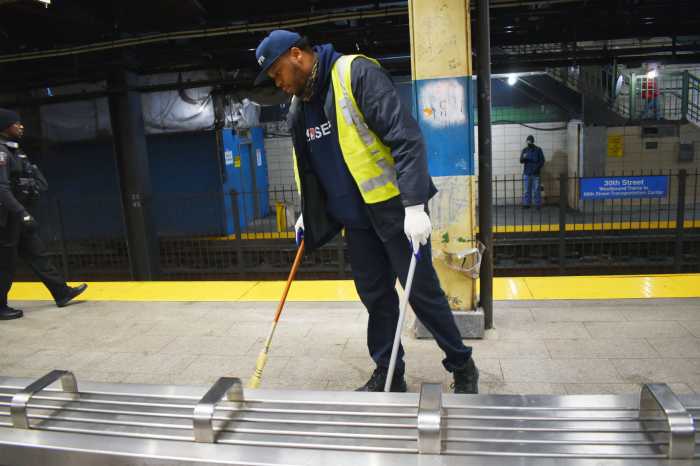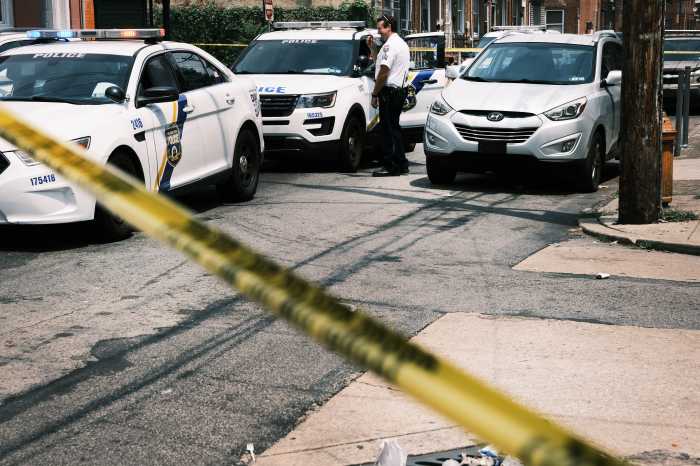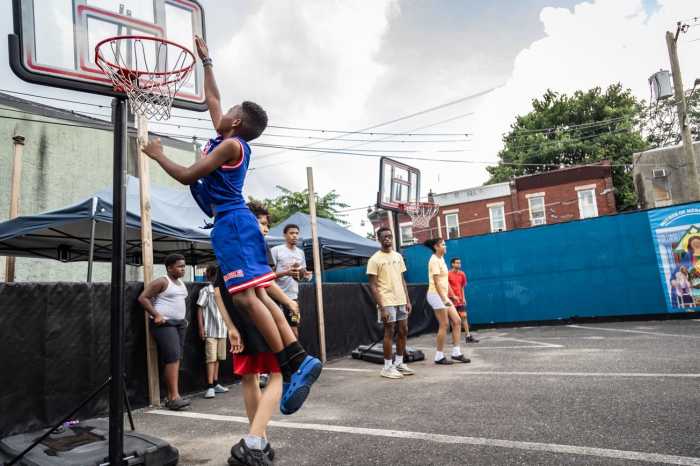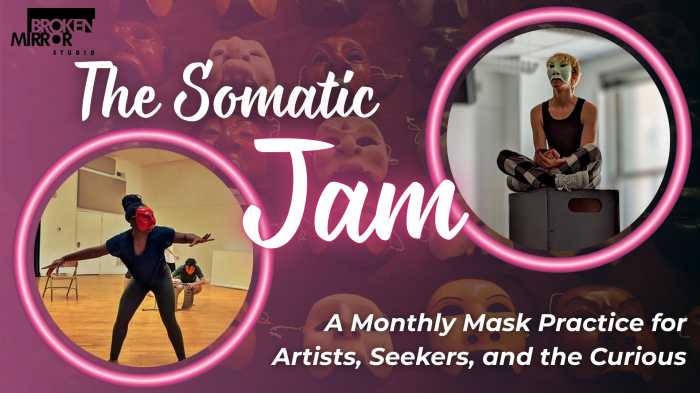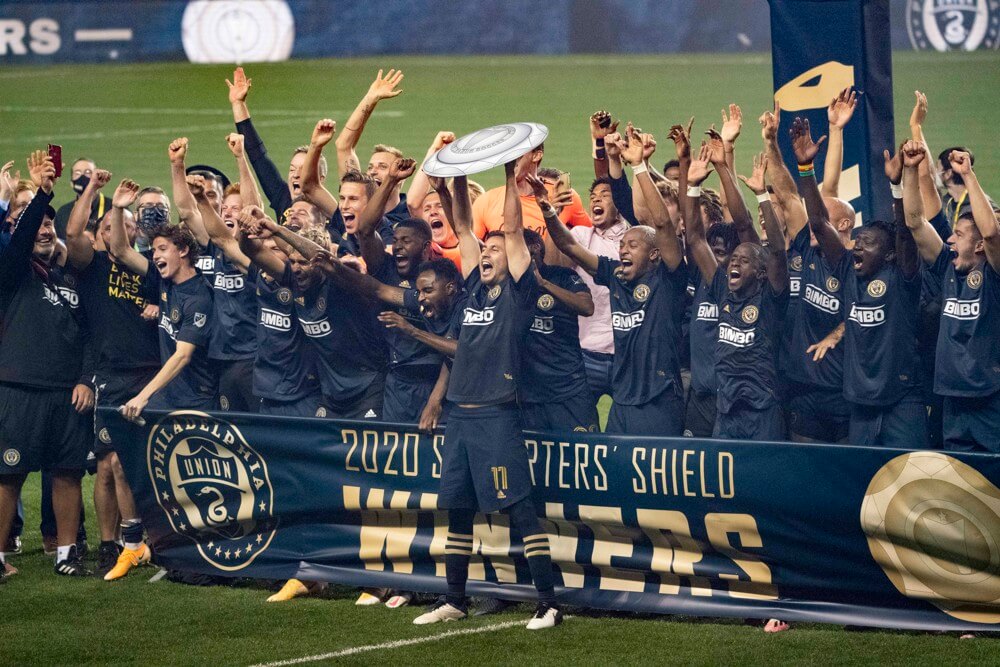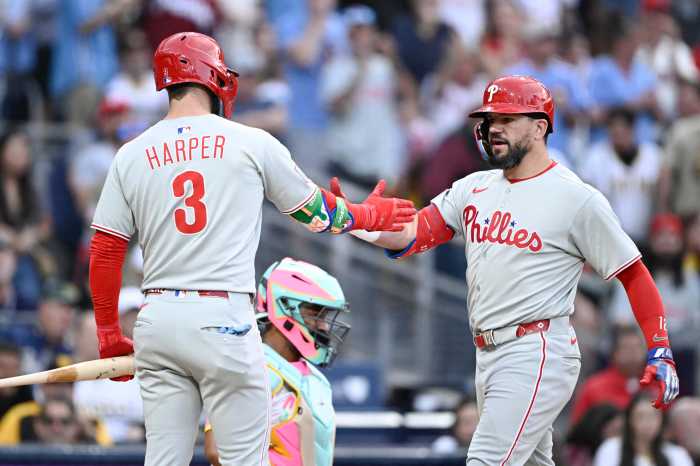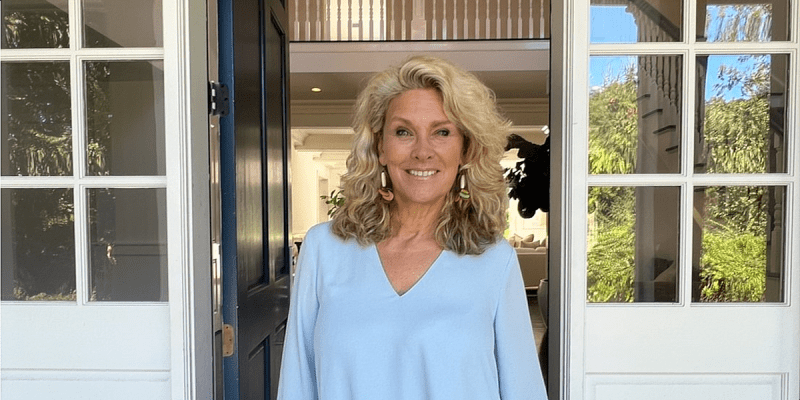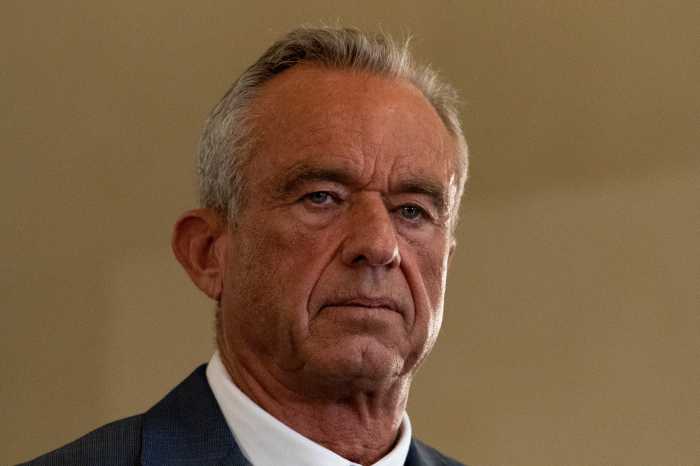There are few places busier on a Thursday at 7 a.m. than Philadelphia’s 30th Street Station. Commuters stand idly surrounded by construction signs, scaffolding, and a make-shift storefronts awaiting their track to be announced.
The main attractions at 30th Street on a weekday morning are far and away the Keystone Service, Northeast Regional, Acela, and occasionally the Vermonter Amtrak routes, which all stop in both Philadelphia and New York City.
Long-distance commuting on the rise
According to a Stanford University study, since the COVID-19 pandemic, the number of Philadelphians traveling more than 75 miles for work has increased 28%. That trend is reflected nationwide, with long-distance commutes increasing by 32% across the 10 largest cities in the country.
Deepak Mohan, 33, commutes from Philly to New York five days a week for his job in electrical construction.
“I used to live in Jersey before my marriage, but because of the cost, New York was never an option,” Mohan said, adding that Philadelphia was the perfect place for him and his wife to live and maintain both of their careers. He spends $1,250 for a monthly Amtrak pass, which breaks down approximately $30 per ride.
Mike Adam, a radio personality for New York’s NEW 102.7, moved to Philadelphia 12 years ago. Before the pandemic, he rode Amtrak five days a week.
“Now I have a bit more freedom with the hybrid schedule, so I’m able to record two days from home and I’m still commuting three days a week,” Adam explains.
Cheaper options, longer rides
Amtrak trains aren’t the only trains rolling in and out of 30th Street — NJTransit, SEPTA, and a handful of bus carriers have more time consuming routes from Philly to New York City. SEPTA Regional Rail riders have the opportunity to catch the Trenton Line and transfer to an NJTransit train to the Big Apple.
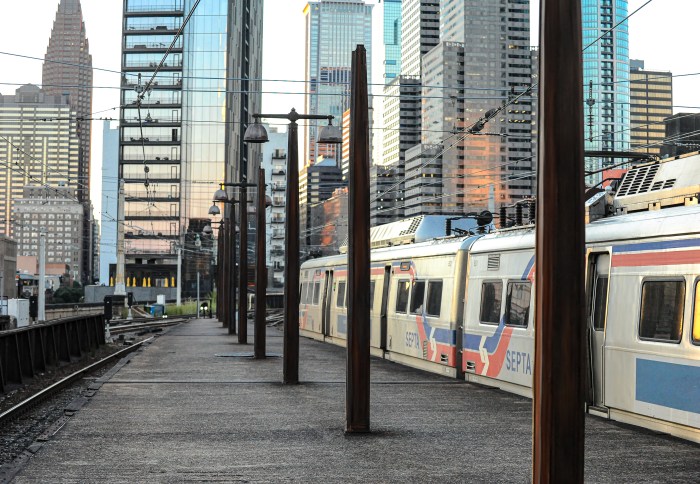
“When I was first trying to find the best thing to do, I tried MegaBus, and the worst thing I ever attempted was going from SEPTA to NJTransit,” explains Adam. “The problem you run into there is, yes it’s cheap, but there is almost always a layover at Trenton, and there’s so many stops it can be a three hour ordeal. Megabus was pretty seamless when you have a bit more time… but really the most efficient thing is Amtrak.”
Adam used to buy a monthly pass, but since has “strayed away from that cause it is so costly, so I’ve found that I can use points, book in advance, and buy a monthly 10 pack, I’ve been able to make it work.”
Amtrak’s ticket prices are determined by a model that prices tickets based on demand, time of booking and route popularity.
Take for example, the Keystone Service train to Manhattan on a Thursday morning — that ticket, if bought five days in advance, costs $47, but if purchased 19 days ahead of time costs $33. Sarah Almazan, 28, a social media manager who travels to New York monthly for work, booked her train to New York for $33 weeks in advance, but said, “I booked my train home yesterday and it was $137… I try to be mindful of pricing, because it goes up the closer you get to the date.”
Cost of living
According to Redfin and Salary.com, the cost of living in New York City is 55% higher than Philadelphia. The average rent for a New York City apartment is $5,421, compared to $1,800 in Philadelphia. In both cities, rent gets cheaper the further away you get from the city’s center.
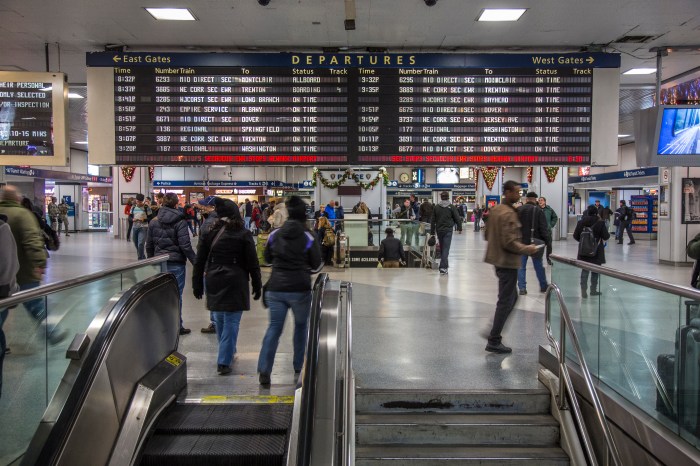
Cost of living is much more than rent. For instance, Chipotle charges $1.45 more in Manhattan for a steak burrito than it is in Philadelphia. Then the Manhattan, sales tax is .875% higher than Philadelphia’s, which costs an extra 23 cents… turning your $13.07 lunch in Philadelphia into a $14.75 lunch in Manhattan.
In the case of Mike Adam, he prefers to eat a protein bar in transit. “They will charge you for one of those protein bars between $5 and $7… what my $7 can get in Philly, that’s milk and a couple essential groceries.”
Why Philly? Affordability is king
A study conducted by Zillow of its own internal data revealed that Philadelphia is the most searched destination by New Yorkers and the reasons why are apparent. Everyone interviewed for this article highlighted affordability as a key reason for living in Philly.
Standing in 30th Street Station at 7 a.m. on a Thursday, it’s clear how intertwined New York City and Philadelphia truly are.
Cost compare
From 2021 to 2024, I lived in Brooklyn, NY and worked in Manhattan. My rent was $950 a month for substandard living conditions with a random roommate, and I was the only person I knew that paid less than $1,000. When I moved back to Philadelphia, I toured 18 different apartments and houses, all were nicer than my Brooklyn apartment and all were less than $850. My current rent is $750 (I still have a roommate).
Cost of living differences extend beyond rent, everyday purchases are priced differently in New York City than in Philadelphia.
| Philadelphia | New York City | |
| Chipotle Steak Burrito | $13.07 | $14.75 |
| Bud Light at a bar | $4 | $7.50 |
| Subway ride | $2.50 | $2.90 |
| Pizza | $17.81 | $33.65 |
| Haircut | $25-$75 | $40-$100 |
| MLB tickets | $38 (Phillies) | $68 (Yankees) |
From personal experience, I can know it is faster to take an Amtrak train from Philadelphia to New York City than it is to take a subway from Bedford Stuyvesant, Brooklyn to Van Cortlandt Park in the Bronx. Often to record podcasts and see friends, I’d have to take the A or C train and then transfer to the 1 train to get to the Bronx — this journey takes 1 hour and 28 minutes (not accounting for transfer waits). The Amtrak Keystone Service train goes from 30th Street Station to NY Penn Station in 1 hour and 27 minutes, the Acela in 1 hour and 19 minutes.
